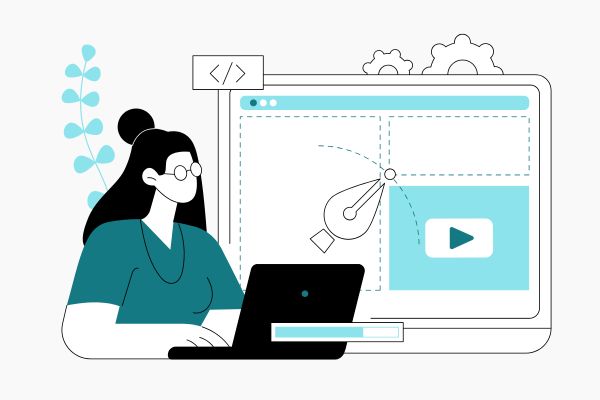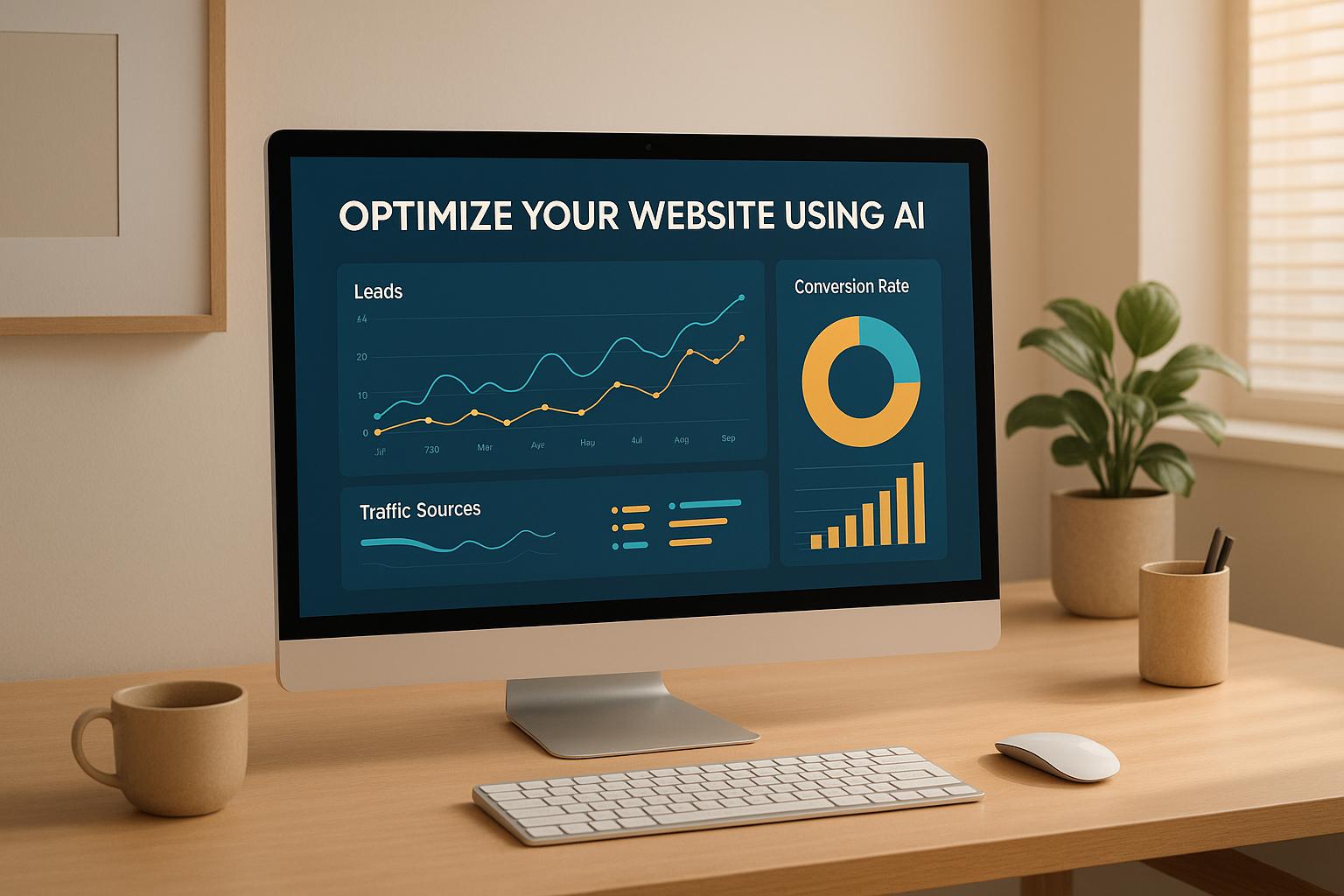

AB Testing in Marketing: The Secret Sauce to Campaign Success

AB Testing in Marketing: The Secret Sauce to Campaign Success
 23-01-2025 (Last modified: 21-05-2025)
23-01-2025 (Last modified: 21-05-2025)
Introduction
If you’re looking for a magic wand to improve your marketing campaigns, AB testing in marketing might just be the closest thing. It’s not magic, of course; it’s science. A/B testing allows marketers to experiment, analyze, and optimize campaigns with data-driven precision. No more guessing games—just actionable insights to maximize results.
In this guide, we’ll explore the ins and outs of AB testing in marketing, why it’s essential, and how to implement it effectively. Whether you’re fine-tuning an email subject line or revamping a landing page, you’ll learn how A/B testing can unlock your campaign’s full potential.
What Is AB Testing in Marketing?
A/B testing, sometimes called split testing, involves creating two versions of a marketing asset (Version A and Version B) and splitting your audience to see which performs better. The goal? Identify the winning variation and apply those learnings to improve your campaign’s performance.

Examples of What You Can Test:
- Email Campaigns: Subject lines, CTAs, or visuals.
- Landing Pages: Headlines, layouts, or form lengths.
- Ads: Images, copy, or targeting.
- Social Media Posts: Captions, hashtags, or posting times.
Want inspiration? Check out our article on A/B testing examples for real-world scenarios.
Why Is A/B Testing Important in Marketing?
Marketing is all about understanding your audience and delivering what they want. A/B testing helps you:
- Reduce Guesswork: Instead of assuming what works, you rely on data.
- Improve ROI: By identifying top-performing variations, you get more bang for your buck.
- Enhance User Experience: Better ads, emails, or landing pages mean happier customers.
- Boost Conversion Rates: From clicks to purchases, A/B testing drives measurable results.
Think of it as a way to test the waters before diving in headfirst.
A/B Testing in Action: Real-World Examples
Let’s explore a few scenarios where A/B testing in marketing has delivered impressive results.
1. Email Marketing
Imagine you’re running a promotional email campaign. You’re torn between two subject lines:
- Version A: “Last Chance: 50% Off Ends Tonight!”
- Version B: “Hurry! Your Exclusive 50% Discount Awaits.”
Result: Version B sees a 20% higher open rate due to its sense of exclusivity.
Pro Tip: When testing email campaigns, don’t stop at subject lines. Experiment with CTAs, visuals, and even send times.
2. Pay-Per-Click (PPC) Ads
For a PPC campaign, you’re deciding between two ad copy options:
- Version A: “Shop the Best Summer Styles”
- Version B: “Upgrade Your Summer Wardrobe Today.”
Result: Version B achieves a 15% higher click-through rate because it’s more action-oriented.
Pro Tip: Combine A/B testing with audience segmentation for even deeper insights. Learn how to structure your tests effectively in our guide on how to perform an A/B test.
3. Social Media Marketing
For a product launch, you’re testing two Instagram post designs:
- Version A: A minimalistic product photo.
- Version B: A lifestyle image showing the product in use.
Result: Version B generates 30% more engagement, as users connect emotionally with the lifestyle imagery.

How to Perform AB Testing in Marketing
If you’re ready to dive into A/B testing, here’s a simple step-by-step process to follow:
Step 1: Define Your Goal
What do you want to achieve? Whether it’s more clicks, sign-ups, or purchases, having a clear goal will guide your test.
Step 2: Develop a Hypothesis
A strong hypothesis predicts the outcome of your test. For example: “Changing the CTA text from ‘Learn More’ to ‘Get Started’ will increase click-through rates by 10%.”
Step 3: Choose Your Variables
Focus on one variable at a time to ensure accurate results. For example, test the headline of a landing page without changing the layout.
Step 4: Split Your Audience
Use tools like Google Optimize, PageTest.ai, or Optimizely to divide your audience evenly and randomly between the two versions.
Step 5: Run the Test
Let your test run long enough to gather statistically significant data. Avoid the temptation to stop early.
Step 6: Analyze the Results
Determine the winner by comparing metrics such as conversion rate, click-through rate, or engagement.
Step 7: Implement and Iterate
Apply the winning variation to your campaign, but don’t stop there. Use your findings to inform future tests.
Common Mistakes to Avoid
While A/B testing is straightforward in theory, it’s easy to make mistakes that compromise your results. Here are some pitfalls to watch out for:
- Testing Too Many Variables at Once: Stick to one change per test for clarity.
- Stopping Tests Too Early: Patience pays off; gather enough data for statistically significant results.
- Ignoring Mobile Users: Always test on both desktop and mobile platforms.
- Failing to Document Tests: Use an A/B testing calendar to track your experiments and results. Learn how to create one here.

Best Practices for AB Testing in Marketing
Follow these tips to get the most out of your A/B testing efforts:
- Test Continuously: Optimization is an ongoing process. Keep experimenting to stay ahead of trends.
- Focus on High-Impact Areas: Prioritize testing elements that directly influence conversions, such as CTAs or landing pages.
- Leverage AI Tools: Platforms like PageTest.ai streamline the testing process and offer actionable insights.
- Segment Your Audience: Analyze results by demographics, behavior, or device type for deeper insights.
- Think Long-Term: Even small improvements can add up over time, so don’t overlook incremental wins.
The Future of AB Testing in Marketing
As marketing technology evolves, so does the potential for A/B testing. AI and machine learning are already enhancing how we run experiments, from predicting winning variations to automating the testing process.
Emerging Trends:
- Personalization: A/B testing will become more dynamic, allowing marketers to test personalized content for specific audience segments.
- Voice Search: Testing voice-optimized ads and landing pages will gain traction as voice search continues to grow.
- Video Content: Experimenting with video lengths, formats, and thumbnails will play a larger role in social media and content marketing.
Conclusion: Mastering AB Testing in Marketing
A/B testing in marketing isn’t just a tactic; it’s a mindset. By embracing experimentation, you can uncover what truly resonates with your audience and optimize every aspect of your campaigns. From email subject lines to social media posts, the possibilities are endless.
Ready to start testing? Use this guide as your roadmap, and don’t forget to explore our related articles for more tips and strategies. With the right approach, A/B testing can transform your marketing efforts and drive remarkable results. Happy testing!
Q&A: A/B Testing in Marketing
What is A/B testing in marketing?
It’s the process of comparing two versions of a marketing asset to see which performs better with your audience.
Why is A/B testing important for campaigns?
It removes guesswork and helps improve ROI, user engagement, and conversion rates through data-driven decisions.
What marketing elements can I A/B test?
Try subject lines, ad copy, CTAs, landing pages, or even social post visuals and captions.
How many variables should I test at once?
Stick to one change per test to keep your results clean and easy to interpret.
What tools can help with A/B testing?
Platforms like PageTest.ai, Optimizely, and Google Optimize make setup and analysis simple.
say hello to easy Content Testing
try PageTest.AI tool for free
Start making the most of your websites traffic and optimize your content and CTAs.
Related Posts

 02-12-2025
02-12-2025
 Ian Naylor
Ian Naylor
Website Speed Test for Instant Insights
Test your website speed with our free tool! Enter a URL to get instant insights on load time, TTFB, and more. Optimize your site today!

 01-12-2025
01-12-2025
 Ian Naylor
Ian Naylor
How to Optimize Your Website for More Leads Using AI
Learn how to optimize your website for more leads using AI. Discover actionable tips for better conversions and trust-building strategies.

 01-12-2025
01-12-2025
 Ian Naylor
Ian Naylor
How to Optimize Your Content for SGE and GEO
Discover strategies to optimize your content for traditional SEO, Google’s SGE, and GEO to stay ahead in AI-driven search engines.
